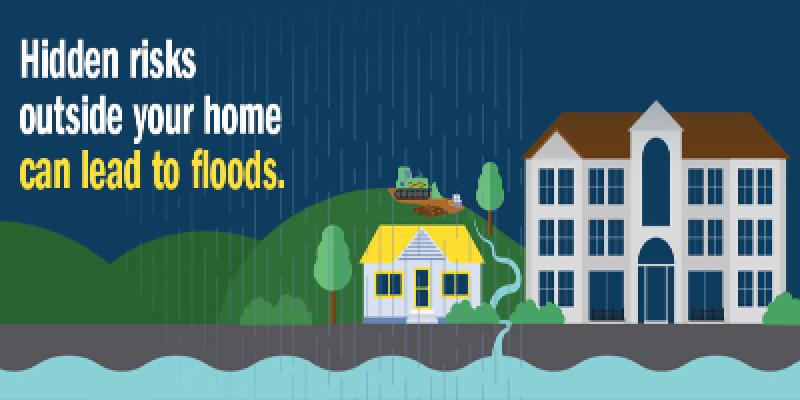
Earth Day: The Power of Community-Driven Change
Earth Day is a global celebration of our planet, as well as a call to action to protect our shared environment. It’s also a good time to remind clients that participation in the National Flood Insurance Program is another example of how action at the individual and community levels help achieve far broader impact.
The first Earth Day in 1970 united 20 million Americans (10% of the population) in protesting environmental harm. By the end of the year, that activism helped spur creation of the Environmental Protection Agency and passage of ground-breaking environmental laws including the Occupational Safety and Health Act and the Clean Air Act, followed two years later by the Clean Water Act, and three years later by the Endangered Species Act.
In the U.S. alone, these types of environmental initiatives have helped to create more resilient communities and mitigate environmental damage. Earth Day demonstrates that significant action doesn’t have to be top down. What we do individually and at the community level can have a powerful impact, and force change from the bottom up.
Just as it is for protecting the environment, individual and community action is crucial to increasing our national resilience to the impacts of more frequent and more severe natural disasters. You can reach out and remind clients that the National Flood Insurance Program does much more than help protect the lives they’ve built. Through the National Flood Insurance Program (NFIP), FEMA works with communities across the country to develop strategies and tools to improve floodplain management, mitigating the impacts of flooding.
Similarly, NFIP policies not only protect policyholders’ property, but also include coverage for mitigation activities when flooding is imminent (loss avoidance), and when a property is substantially damaged or repetitively damaged and must be brought up to current community standards (Increased Cost of Compliance). Individual and community mitigation efforts contribute to communities that can recover more quickly and return to supporting the health and economic health of their citizens and of the nation.




